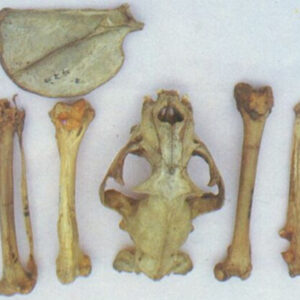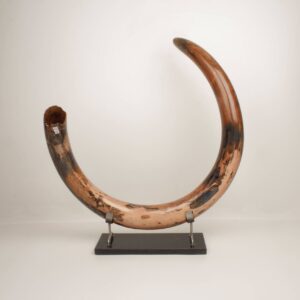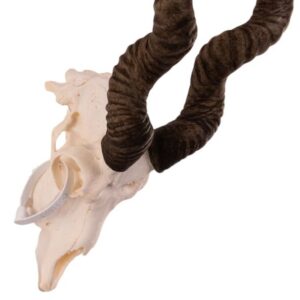Description
looking to acquire a Real Chicken Skull For Sale, just order from us. We have authentic specimens suitable for collectors, educators, and enthusiasts.
Real Chicken Skull For Sale
A real chicken skull is a fascinating and somewhat unsettling object, offering a glimpse into the delicate architecture of avian anatomy. Unlike the robust skulls of many mammals, a chicken skull is remarkably lightweight and fragile, constructed with thin bones and numerous openings.
These features contribute to the bird’s ability to fly. Examining a chicken skull can reveal details about its beak structure, eye sockets, and the bony crest that would support its comb. The presence of these skulls in educational settings or collections can offer insight into comparative anatomy and the evolutionary adaptations of birds.
Beyond the Beak: Uncovering Secrets Hidden Within a Real Chicken Skull
We see them pecking in the yard, clucking contentedly, and providing us with eggs and the occasional dinner. But how often do we truly consider the intricate anatomy of a chicken? Beyond the feathers and familiar fowl features lies a fascinating, and surprisingly delicate, structure: the chicken skull.
While many might associate skulls with the macabre or the scientific lab, a real chicken skull offers a unique opportunity to connect with the animal on a deeper, more intimate level. Examining it, whether you’re a budding zoologist, a curious student, or simply appreciate the intricacies of the natural world, can reveal a wealth of information about the chicken’s evolution, diet, and sensory adaptations.
A Surprisingly Delicate Structure:
The first thing that often surprises people is the sheer fragility of a chicken skull. Composed of thin, lightweight bones, it’s a marvel of engineering, balancing protection with the need for flight and agility. Unlike mammalian skulls with their distinct teeth and strong jawlines, the chicken skull showcases a different evolutionary path.
Key Features and What They Tell Us:
- The Beak: The most prominent feature is, of course, the beak. Formed from keratin, the same material as our fingernails, the beak is a versatile tool used for pecking, preening, and manipulating objects. Studying the beak shape can offer insights into the chicken’s diet and feeding habits. For example, a longer, more pointed beak might indicate a bird that forages for insects, while a shorter, stouter beak could suggest a diet primarily consisting of seeds.
- Large Eye Sockets: The relatively large eye sockets indicate the importance of vision for chickens. Chickens have excellent eyesight, crucial for spotting predators and finding food. The positioning of the eye sockets allows for a wide field of vision, essential for surviving in a dynamic environment.
- Small Braincase: Comparing the size of the braincase to the overall skull size reveals that chickens have relatively small brains. However, this doesn’t imply a lack of intelligence. Chickens exhibit complex social behaviors and problem-solving abilities, demonstrating that brainpower isn’t solely determined by size.
- Absence of Teeth: The absence of teeth is a defining characteristic of birds. Instead, chickens use their gizzard, a muscular pouch filled with small stones, to grind their food. The smoothness of the beak ridge where teeth would typically be located is a stark reminder of this evolutionary adaptation.
Beyond Scientific Curiosity:
Beyond the purely scientific aspects, examining a real chicken skull can foster a greater appreciation for the biodiversity of our planet. It encourages us to look beyond the familiar and recognize the unique adaptations that allow each species to thrive. Holding a piece of the natural world in your hands can be a humbling and educational experience.
Where to Find a Chicken Skull:
Acquiring a chicken skull ethically is essential. Avoid purchasing from sources that may have obtained them through unethical practices. Some options include:
- Rendering Facilities: After processing, rendering facilities often have animal remains that can be ethically sourced.
- Taxidermists: Taxidermists may have chicken skulls available as a byproduct of their work.
- Educational Supply Companies: Reputable educational supply companies often offer responsibly sourced animal skeletons and skulls.
Handling with Respect:
When handling a chicken skull, remember it’s a delicate and once-living organism. Handle it with care, avoid applying excessive pressure, and store it in a safe place to prevent damage.
In conclusion, a real chicken skull offers a glimpse into the fascinating world of avian anatomy and evolution. It’s an opportunity to connect with the natural world on a deeper level and appreciate the intricate designs that allow creatures like the humble chicken to thrive. So, look beyond the feathers and embrace the opportunity to uncover the secrets hidden within the bones. You might be surprised by what you discover.










Reviews
There are no reviews yet.